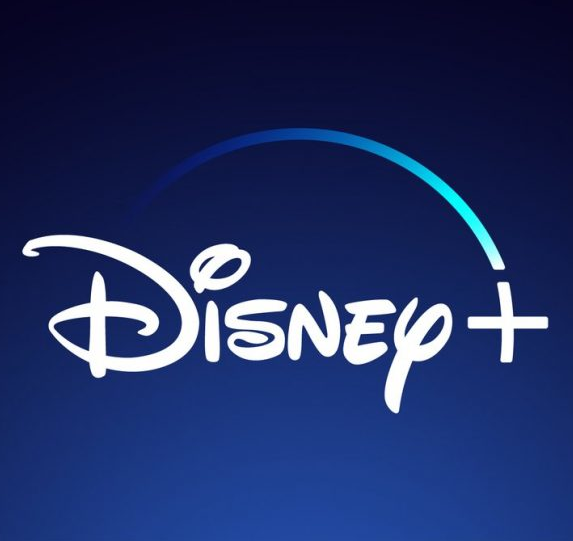The iPhone turns 15: we review all the models launched
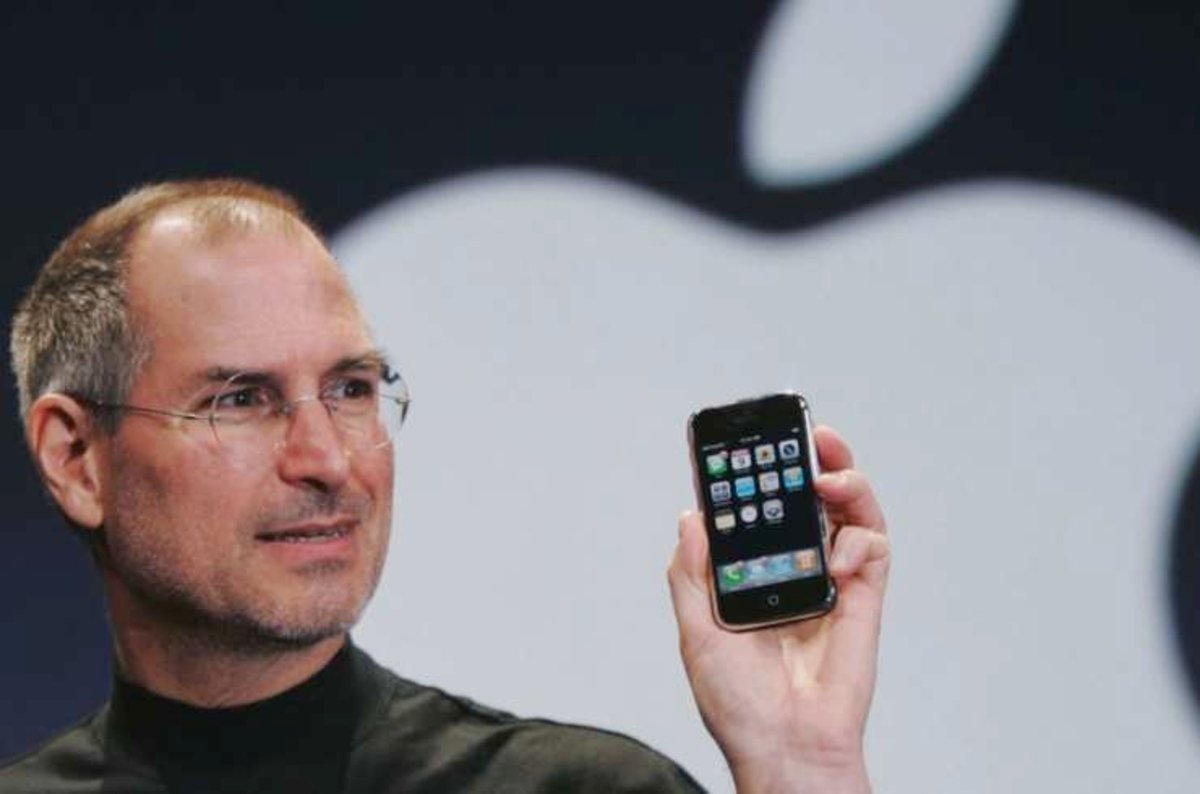
We review the history of the iPhone on its 15th birthday: Happy Birthday iPhone!
IPhone meets today 15 years since its official presentation. The January 9, 2007 Steve Jobs took the stage to present the iPhone and completely revolutionize the smartphone market.
In total Apple has since presented a total of 33 different iPhone models, although they can be reunited in 16 different generations. And we have decided to review all of them, a trip back in time from the original iPhone to the current iPhone 13.
Original iPhone: year 2007
Jobs introducing the original iPhone
The first iPhone in history completely changed the concept of smartphone by eliminating buttons and introducing a multi-touch screen. At the time, the iPhone’s 3.5-inch screen looked huge, it had a resolution of 320 x 480 pixels and LCD technology. It should be noted that it was only officially sold in the US.
iPhone 3G: year 2008
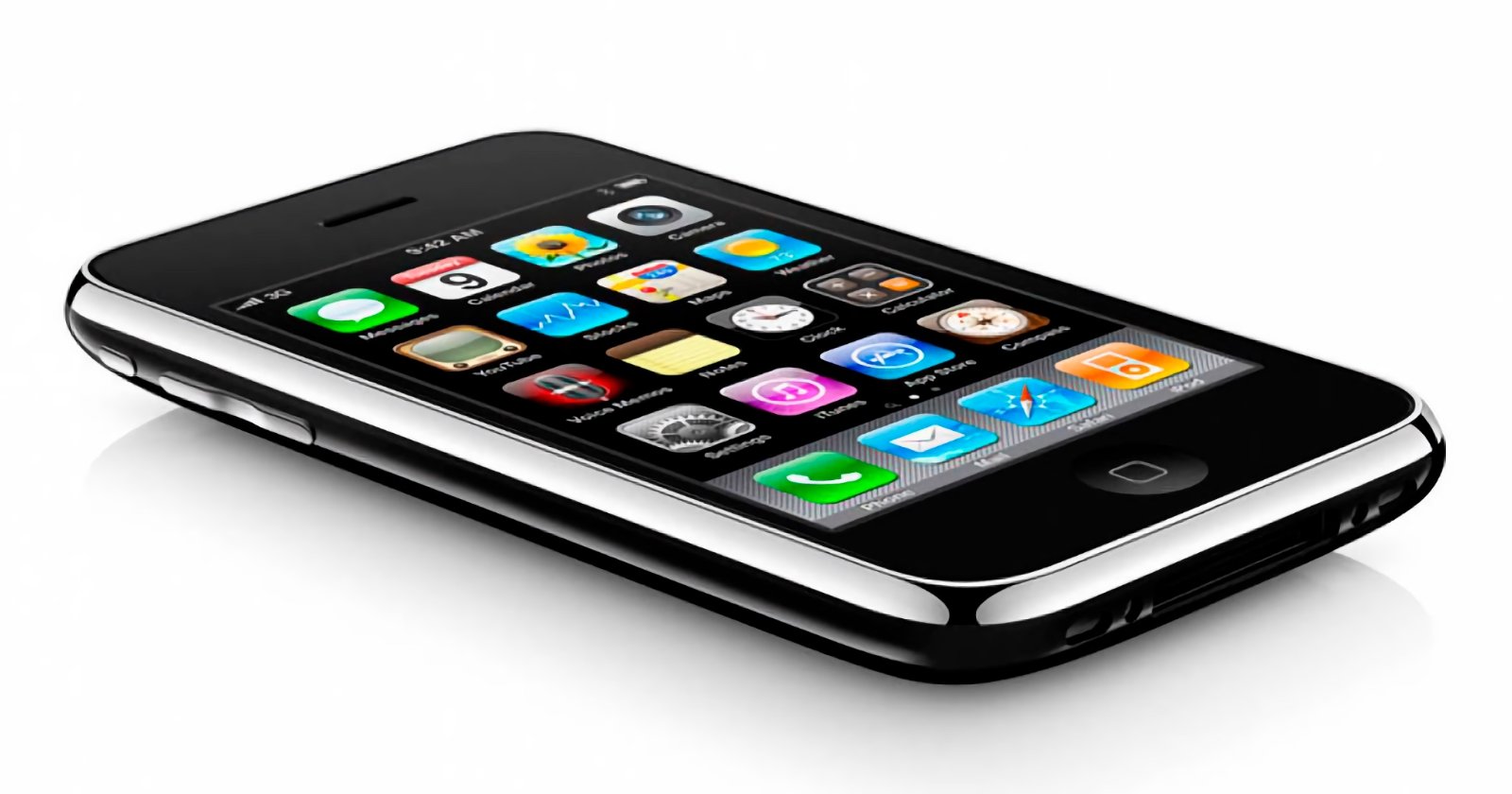
Just a year later, Apple revamped its iPhone with some very cool improvements. On the one hand, the design changed, going from aluminum to plastic, and also introduced 3G technology to improve speed. But the real revolution came with iOS 2, iPhone OS 2.0 at that time, already there the system introduced the App Store. It is also the first international iPhone to be sold in numerous countries.
iPhone 3GS: year 2009
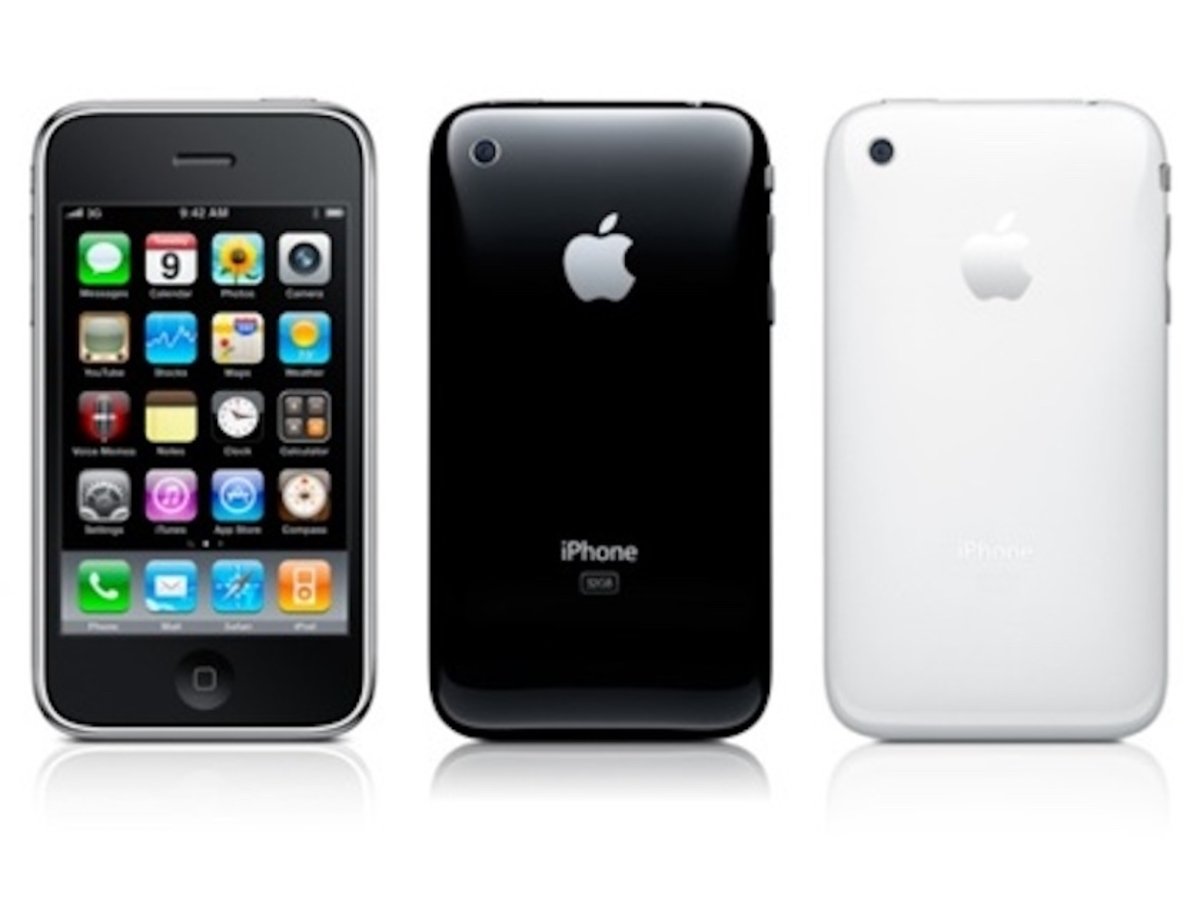
Virtually identical to the previous year’s model, with an exactly ideal design, but with a much faster processor. We continue to maintain the 3.5-inch screen of 320 x 480 pixels, although we see the first improvement in the camera, which goes from 2 to 3 megapixels.
iPhone 4: year 2010
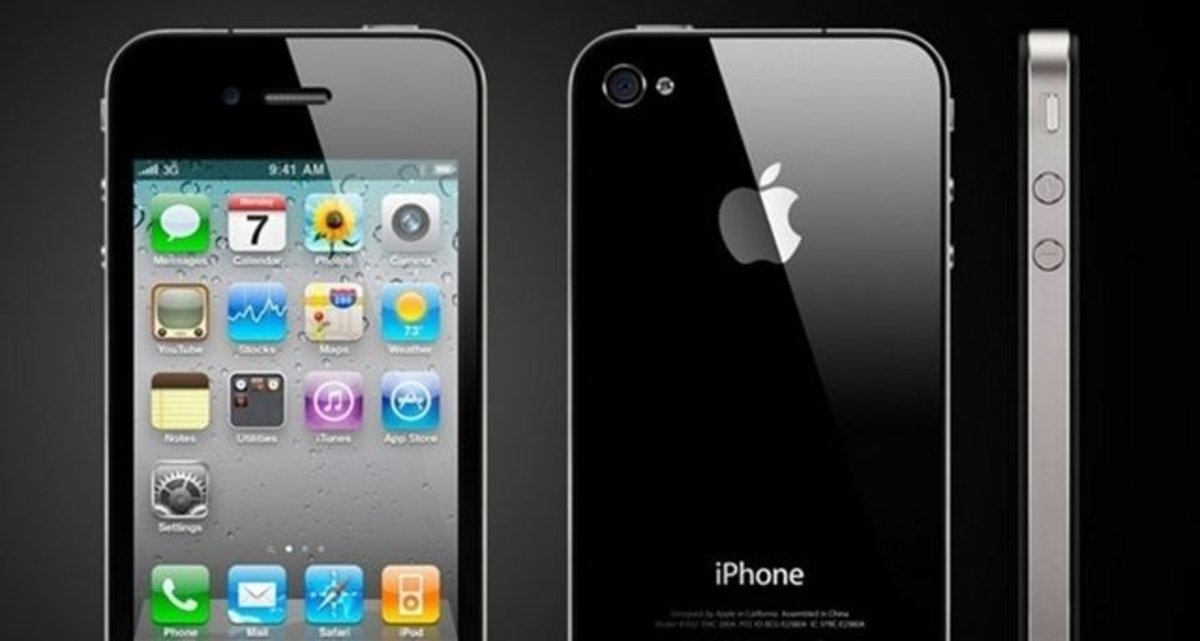
The first drastic change of the iPhone. Apple decides to change the design and materials entirely, opting for a glass body and an aluminum frame. We no longer have a rounded body but it is straight, a design very similar to the current iPhone.
As for news, the iPhone 4 arrives loaded: Retina display 960 x 640 pixels, 5 megapixel rear camera with flash, front camera with FaceTime and the first chip developed by Apple: the A4.
iPhone 4s: year 2011
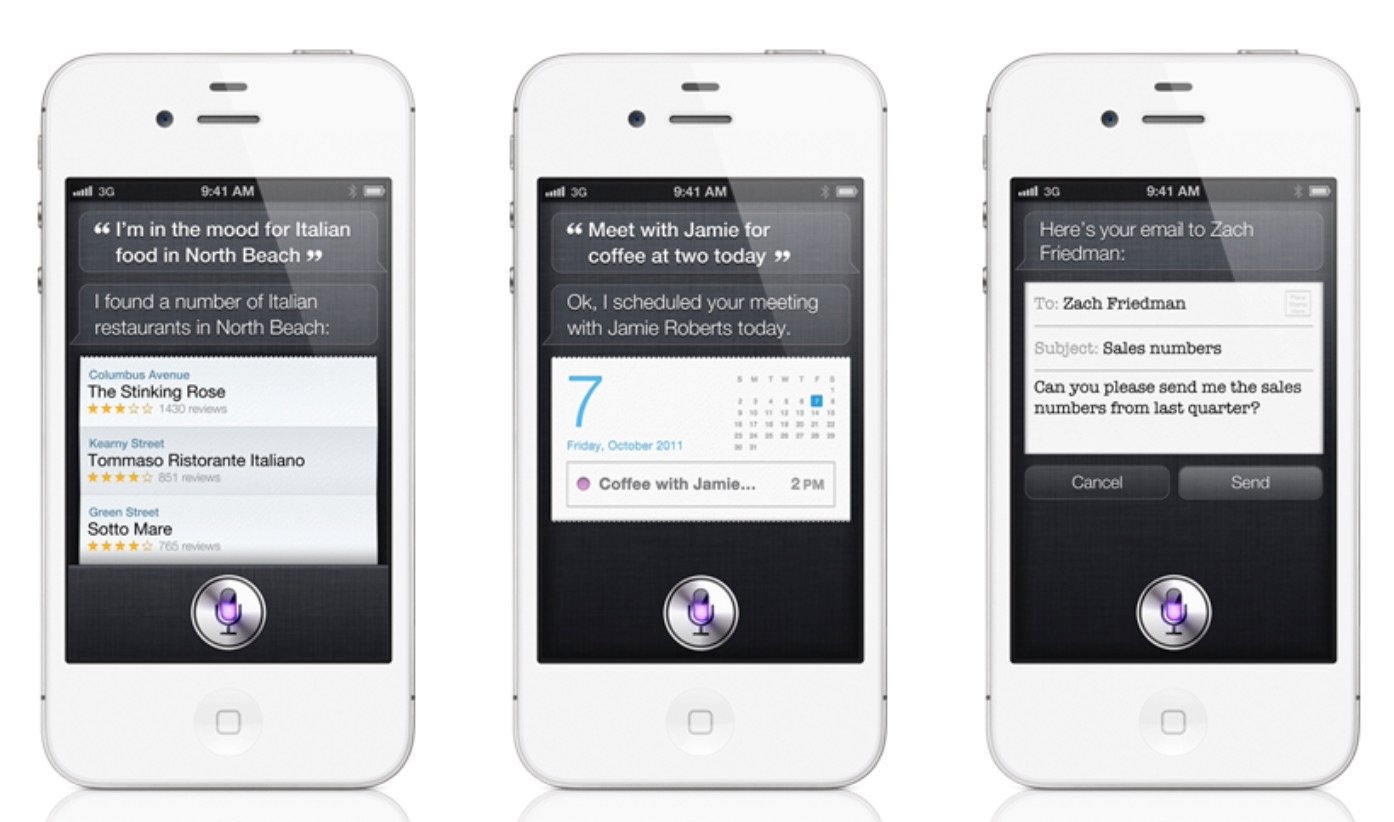
Apple repeats its strategy a year later, and maintains the same design by improving some aspects. The iPhone 4s comes with a 8 megapixel camera, dual-core A5 chip and Siri as a virtual assistant.
iPhone 5: year 2012
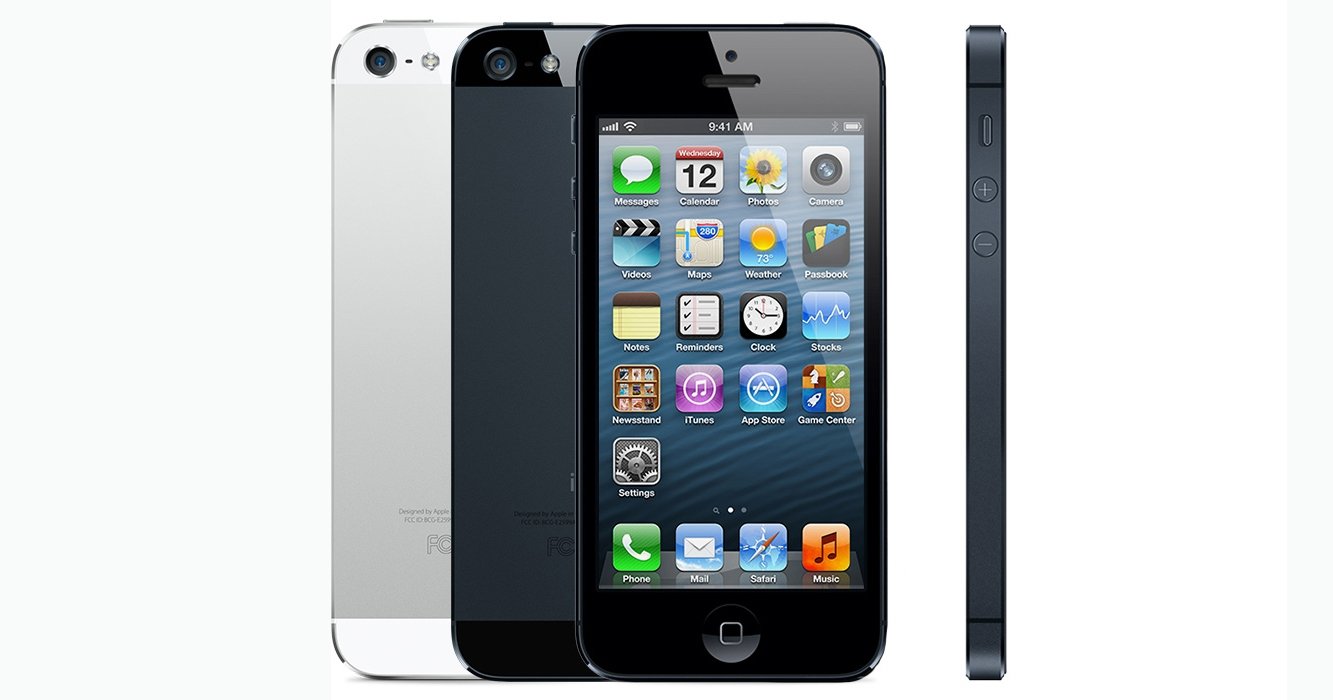
With the iPhone 5 there is another of the most important changes in the history of the iPhone, after 5 years maintaining the same screen size, this generation grows to 4 inches, introducing a panoramic format. In addition, 4G is incorporated and the glass gives way to aluminum in the body of the device.
We also have news such as A6 chip, twice as fast as the A5 of the iPhone 4S and 22% smaller, 1080p recording and more internal storage options.
iPhone 5s: year 2013

El iPhone 5s introdujo Touch ID
Apple maintains the design for another year, but in this case incorporating something completely revolutionary: the Touch ID fingerprint sensor. For more than a year no one got a fingerprint sensor as good as this, and it is something that is still prevalent in today’s smartphones. In addition, we had improvements in the processor, cameras and the Gold color was incorporated.
iPhone 5c: year 2013
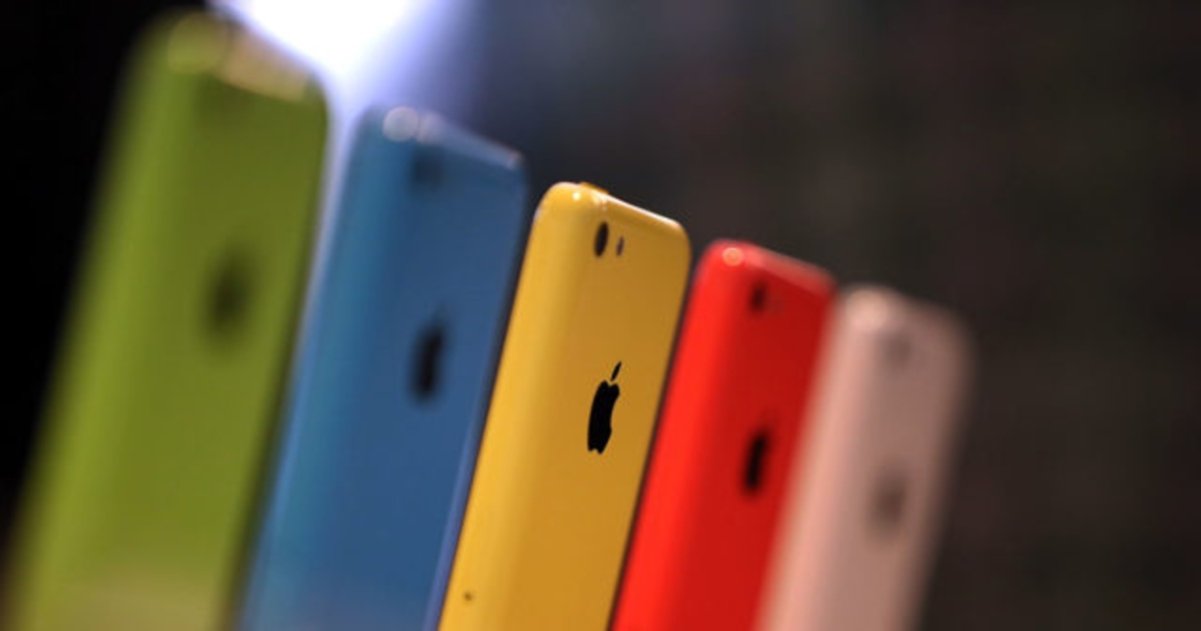
iPhone 5c is already a classic Apple model
This year, and for the first time, Apple launches two iPhones at the same event. The iPhone 5c was an iPhone 5 with a new colored plastic chassis blue, green, yellow, pink and white, it did not have Touch ID or the processor of the new iPhone 5s.
Apple’s initial strategy was to have a more affordable cut-off device, however the play it did not end well. The iPhone 5s had gone up 100 euros, and the saline 5c on the market at the same price as the iPhone 5 a year ago.
iPhone 6 and iPhone 6 Plus: year 2014
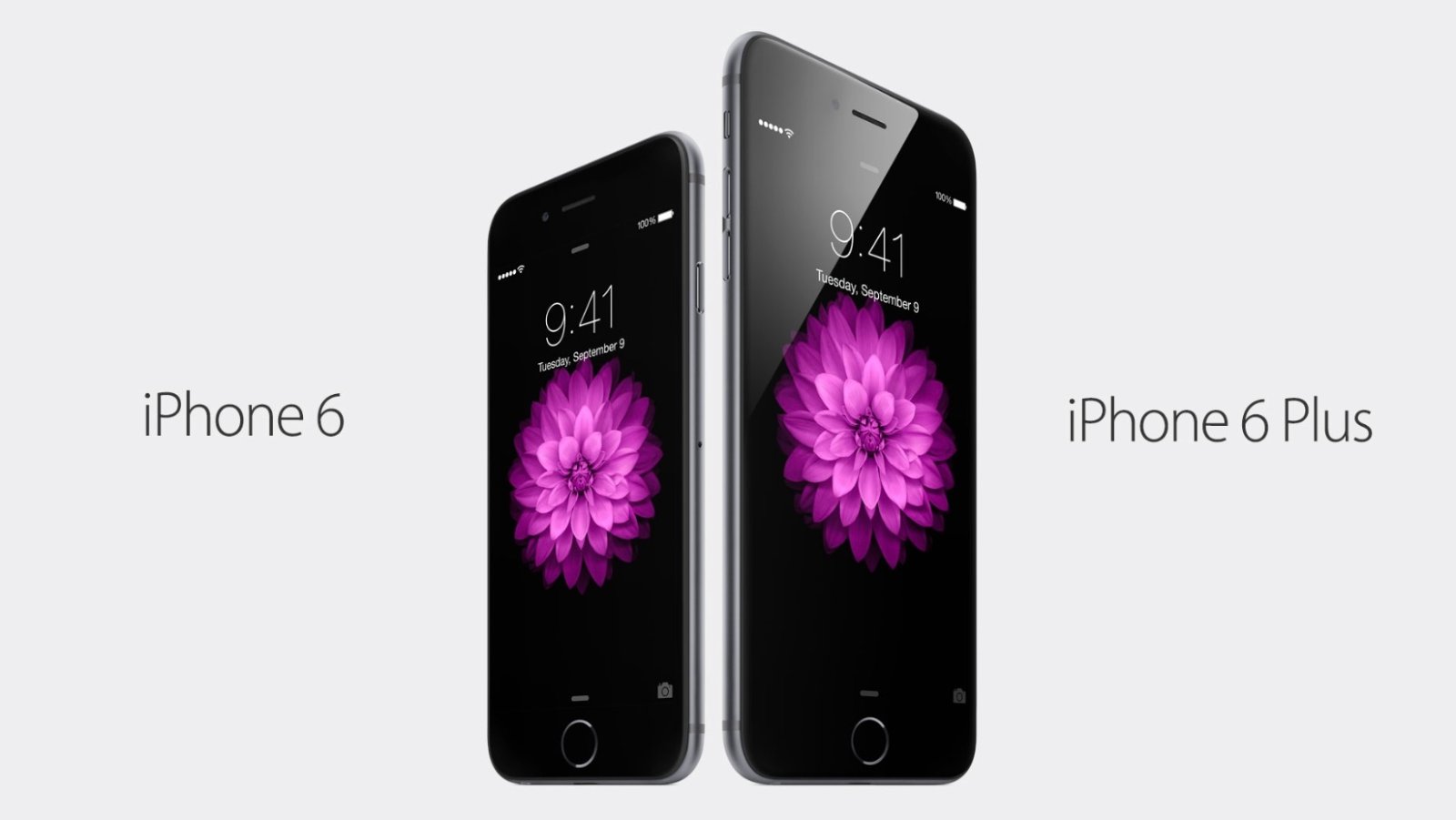
The year that changed the iPhone forever. After criticism for its small screen, Apple decides to completely change the iPhone and launches two 4.7 and 5.5 inch models, which share all internal specifications. A8 chip, 8 megapixel cameras with Focus Pixels, NFC for Apple Pay and much more. They quickly become a hard-to-beat best seller.
iPhone 6s and iPhone 6s Plus: year 2015
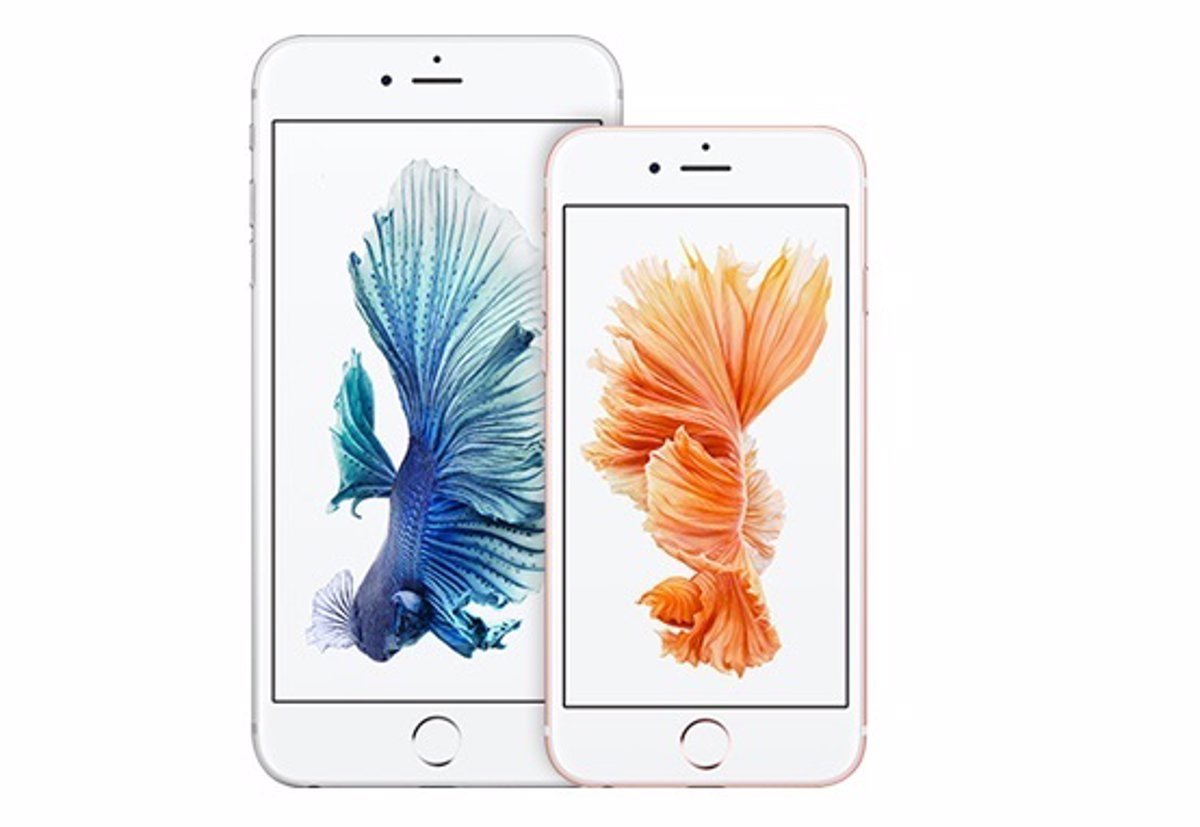
Again an “S” generation, and again we stick to the design to improve specs. The iPhone 6s arrive with the new A9 chip, incorporate 3D Touch, a new 12 megapixel camera, second generation Touch ID faster and Rose Gold color.
iPhone SE: year 2016
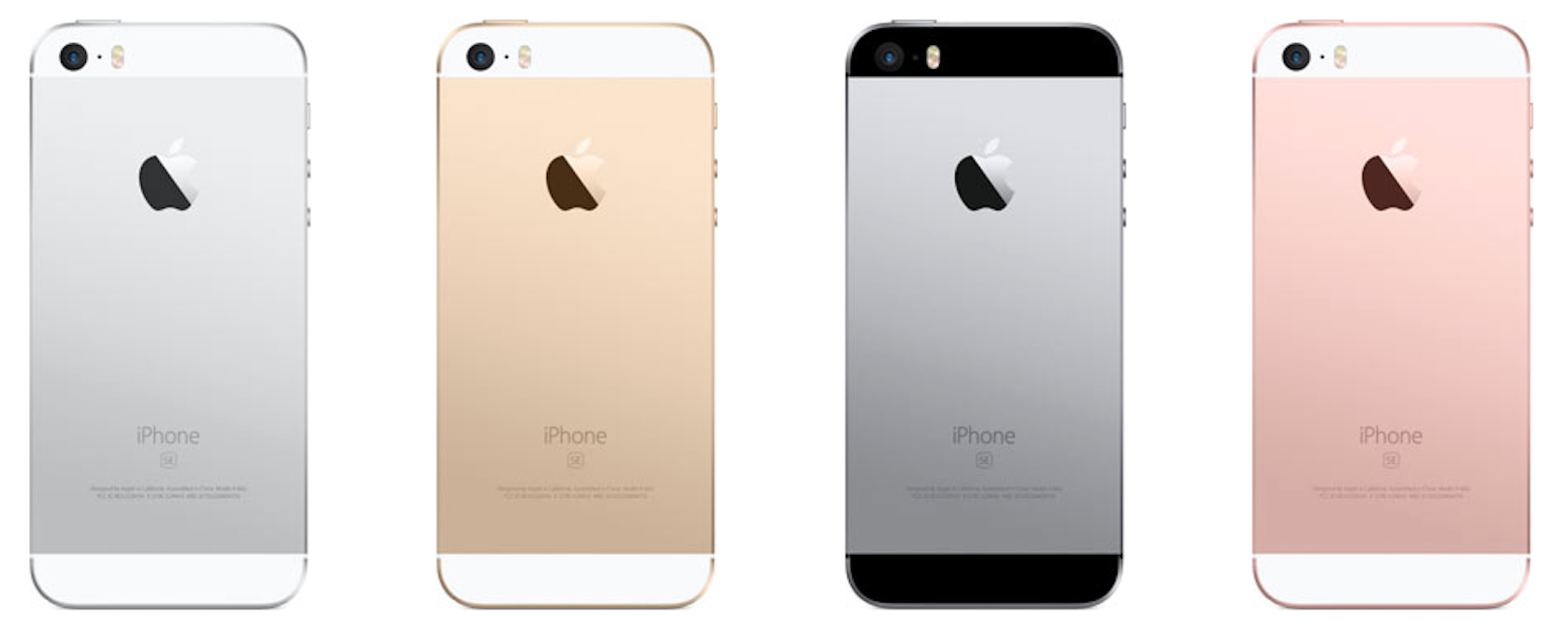
A most strange and exceptional case. A few months after the launch of the iPhone 6s, Apple decides to give new life to the design of the iPhone 5S and update it introducing the iPhone 6s A9 processor and a new Rose Gold color.
iPhone 7 and iPhone 7 Plus: year 2016
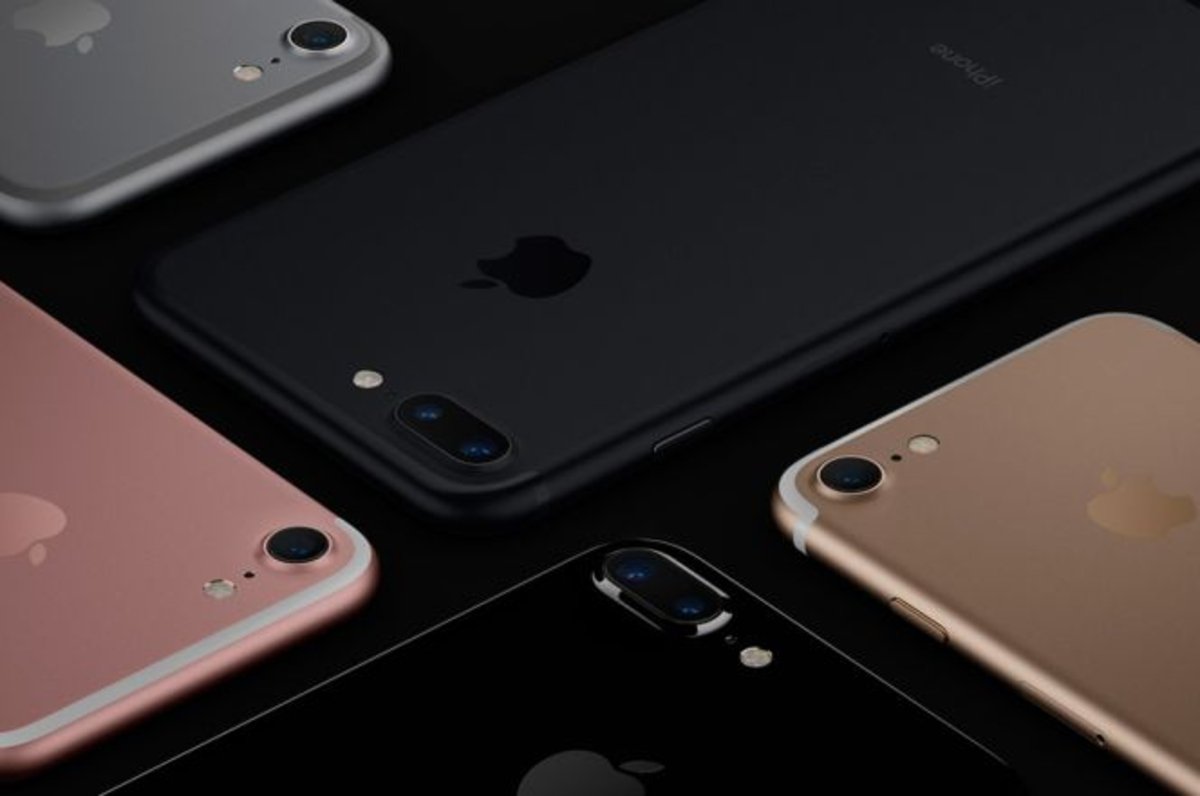
For the first time Apple decides to be continuity in design for more than two generations and iPhone 7s are virtually identical to their predecessors. They came with the A10 Fusion chip, with a 12 megapixel main camera with an aperture of ƒ / 1.8 and a dual sensor in the Plus model that debuted Portrait Mode.
iPhone 8 and iPhone 8 Plus: year 2017
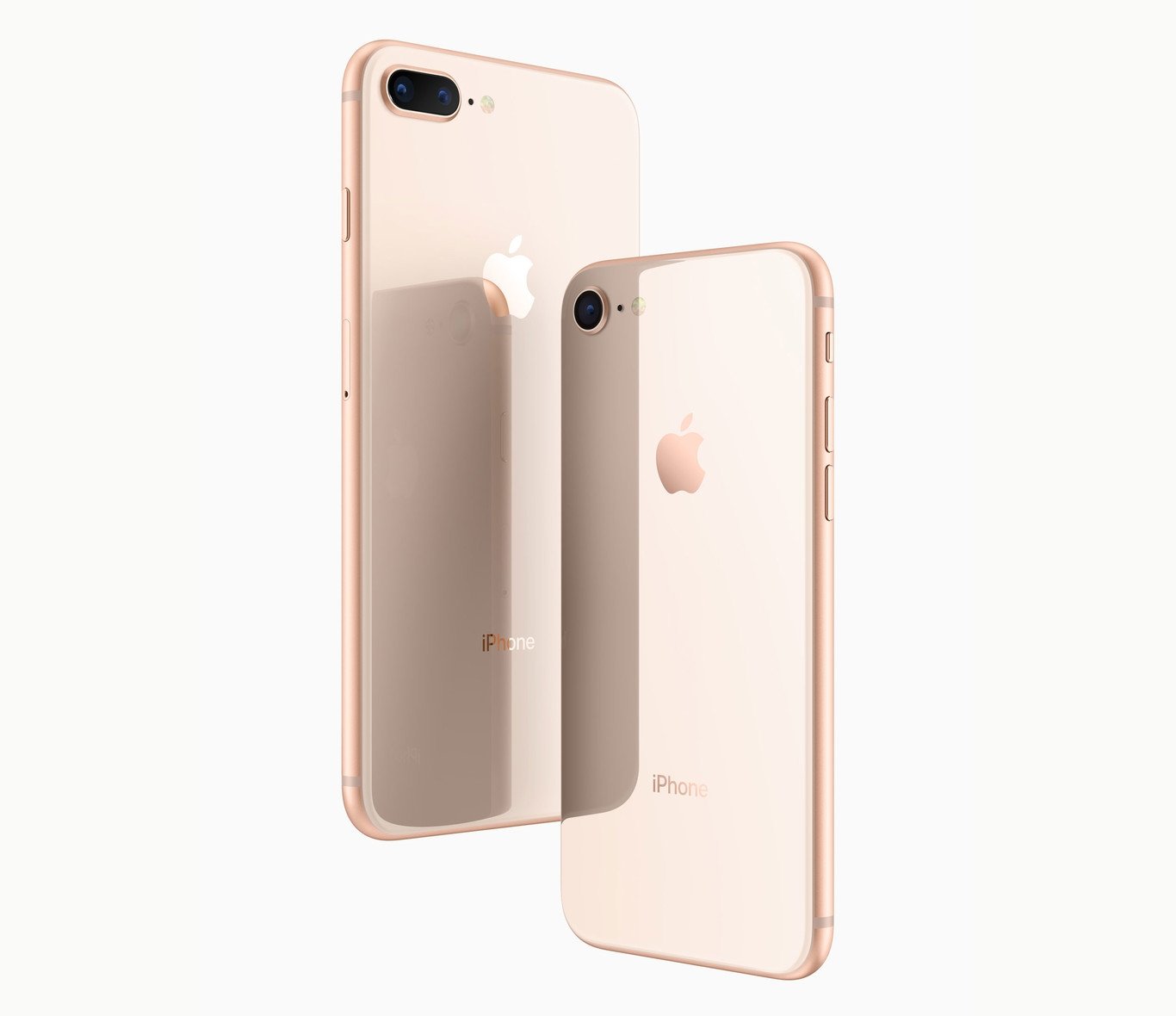
A somewhat strange generation. For the fourth consecutive year Apple launched an iPhone with the same design, and instead of calling it iPhone 7s it jumped directly to 8. This model switched to a glass design that allowed wireless charging to be included for the first time, the A11 Bionic chip and a 7 megapixel front camera, plus other general updates.
iPhone X: year 2017
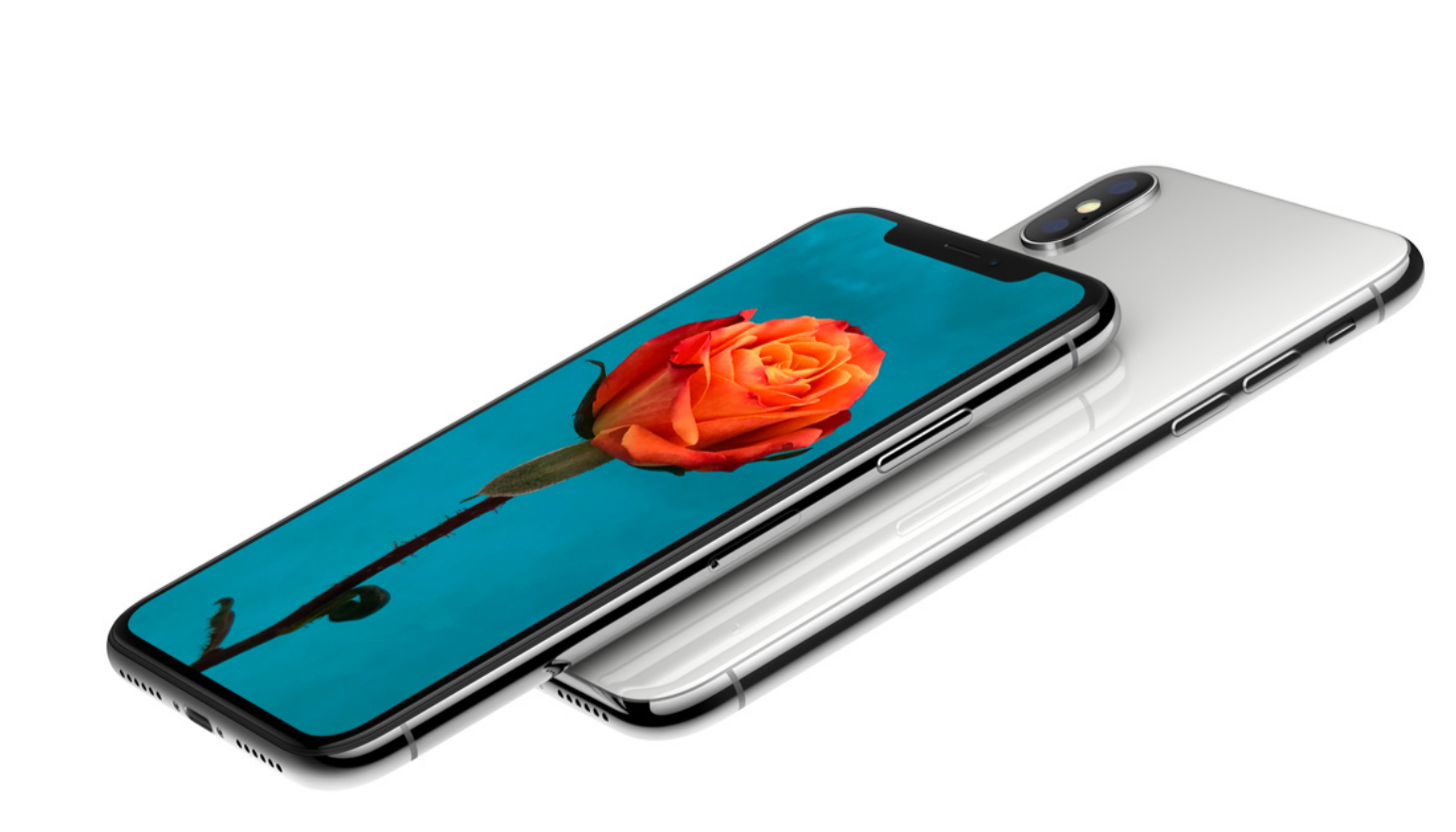
The biggest change in iPhone history since its launch, both by concept and by design. The iPhone X not only increased the screen size, it eliminated the home button and Touch ID in favor of such a frameless design with Face ID. A design on which the current iPhone is still based.
iPhone Xs, Xs Max and Xr: year 2018
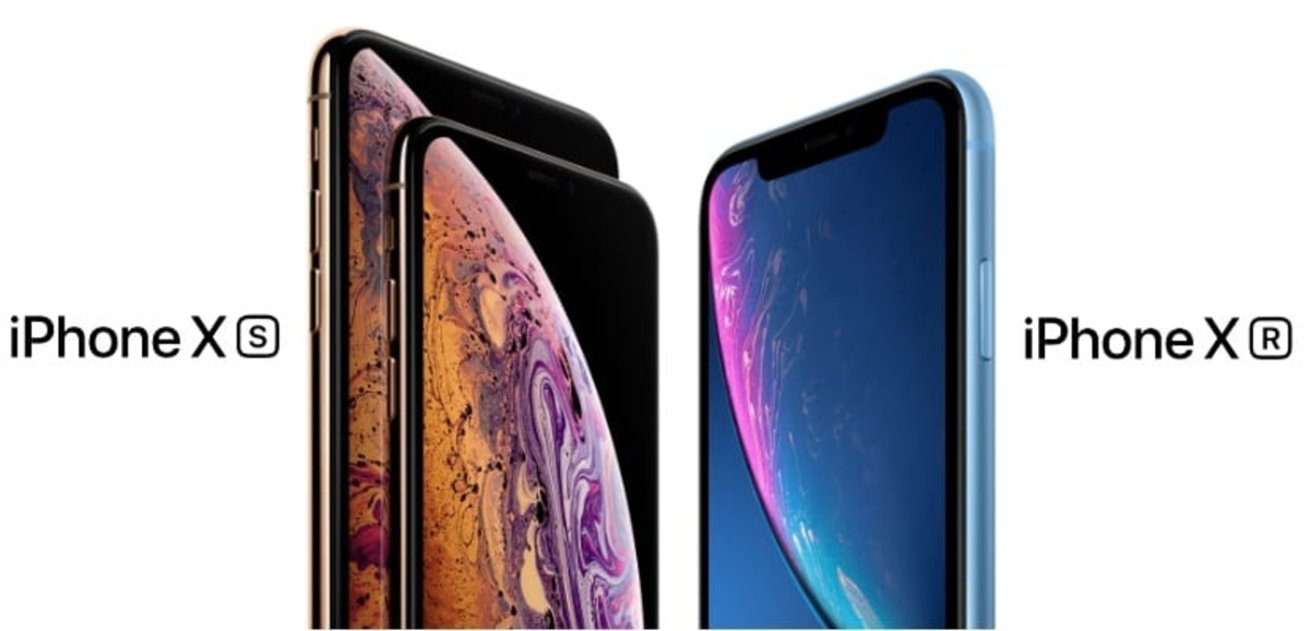
Again the “S” returns to the iPhone, after 3 years without using it. We find ourselves with a continuous generation in design, but with important novelties. Apple launches a cheaper model and a larger one, so the catalog becomes much more complete. In addition, they all include the A12 Bionic chip, which makes the jump to 7 nm improving performance and consumption.
iPhone 11, 11 Pro, 11 Pro Max: year 2019
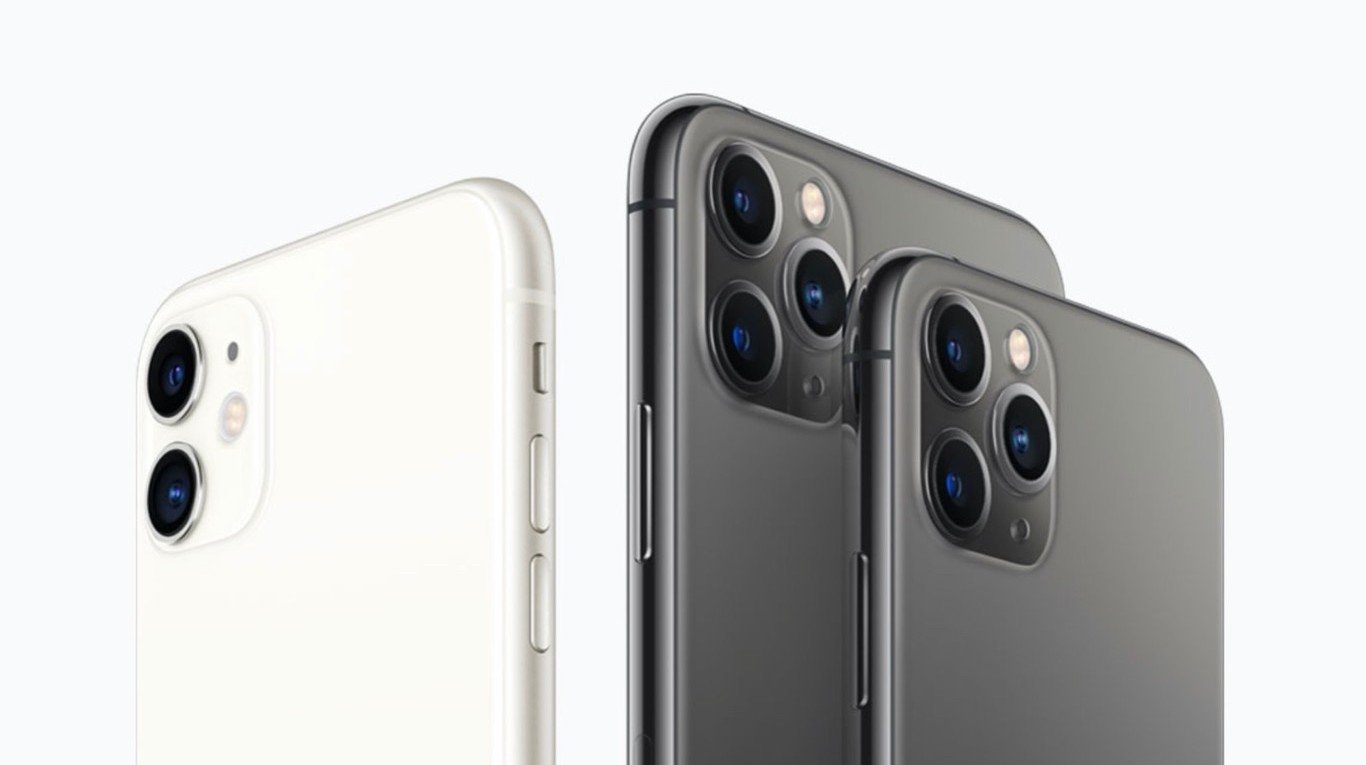
An important year for the iPhone as it adopts the Pro surname. Apple maintains its strategy with 3 devices, but now they all have the same name. The most important differences are in the battery and the camera system, The iPhone 11 Pro adopt a third sensor with the ultra wide angle camera. The A13 Bionic chip keeps getting better, including new features like Night Mode.
iPhone SE 2: year 2020
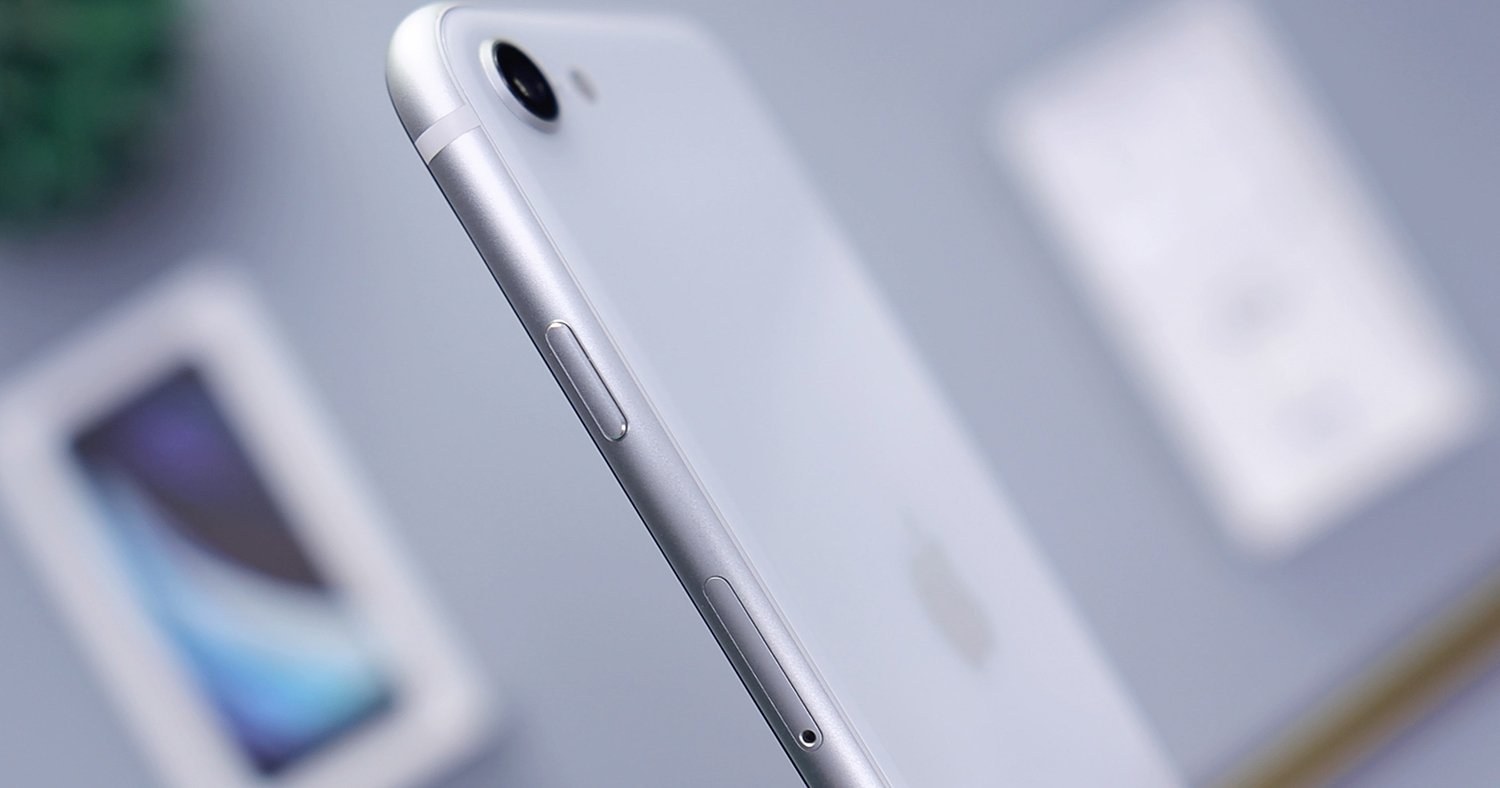
Quite a surprise. A new iPhone SE was a recurring rumor and Apple finally decided to launch it. In this case, we return to a previous design, in this case the iPhone 8, and including the latest Apple chip, the A13 Bionic. An entry-level device that has proven to be a success.
iPhone 12, 12 mini, 12 Pro, 12 Pro Max: year 2020
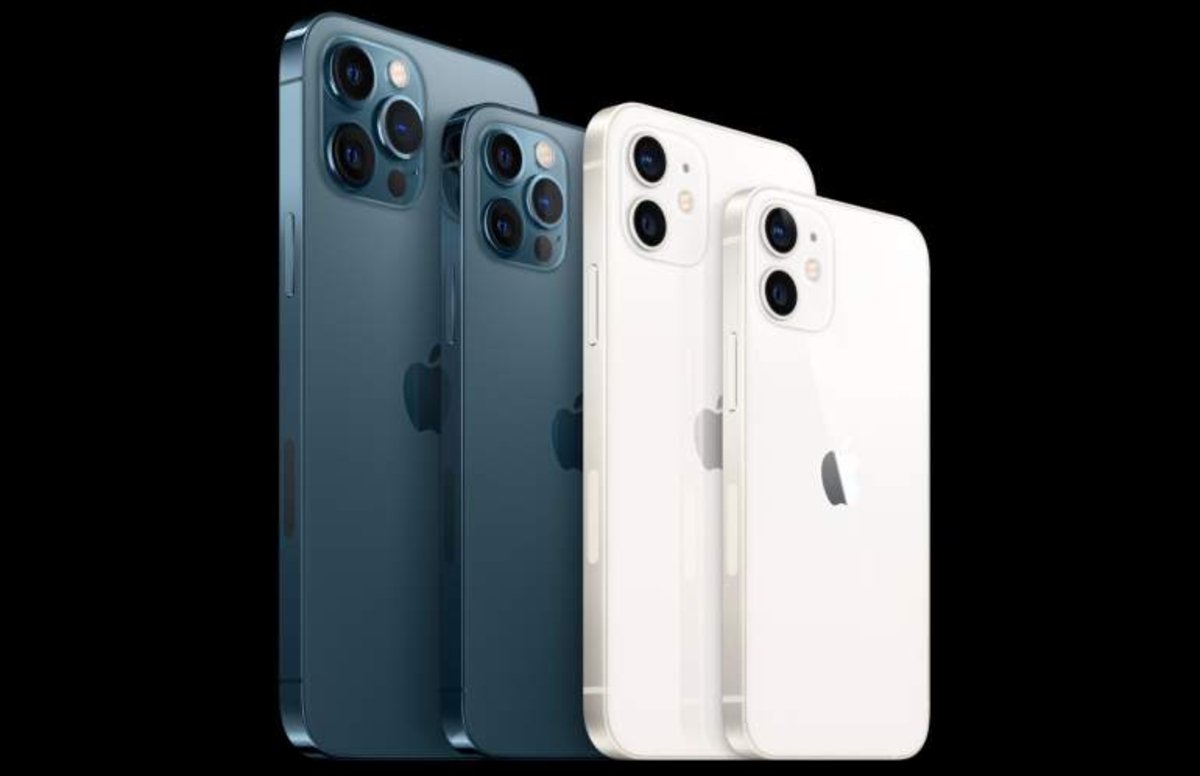
Another important step, Apple complements its catalog with a mini model, which maintains the same specifications and processor as its older brothers. Another important change is the arrival of OELD screens to the entire range, as well as the A14 Bionic, which makes the jump to 5 nm. We also have a marked change in design, moving away from curves and opting for straight frames.
iPhone 13, 13 mini, 13 Pro and 13 Pro Max: year 2021
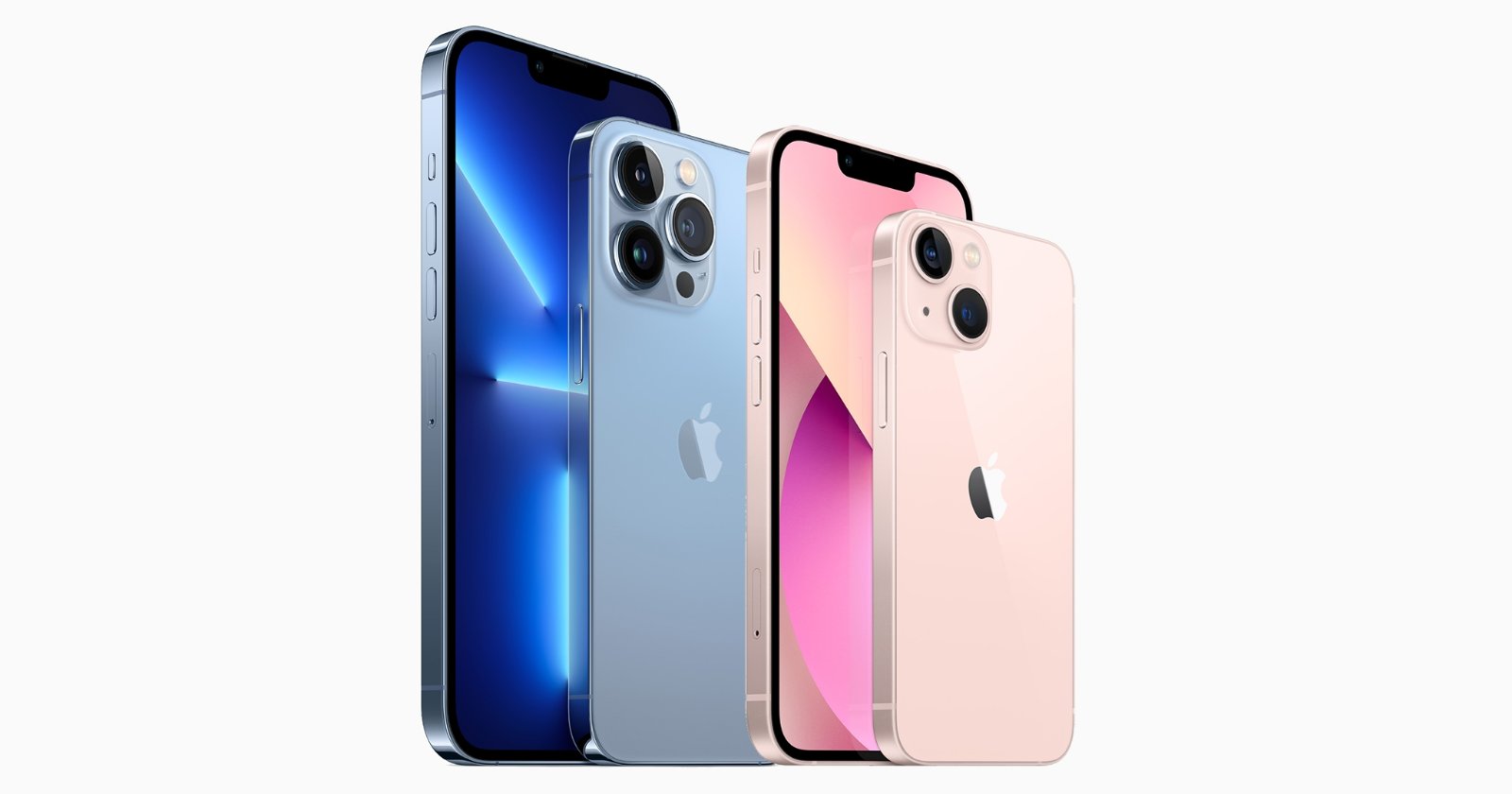
The 4 models of iPhone 13
The latest generation of iPhone that Apple has released so far. We have devices similar in design with respect to the previous generation, which only differ by the notch reduction. A slight evolution that focuses on things like the battery, the processor and the cameras. What was once a generation “S”.
Related topics: iPhone
Subscribe to Disney + for only € 8.99!
Reference-ipadizate.com
